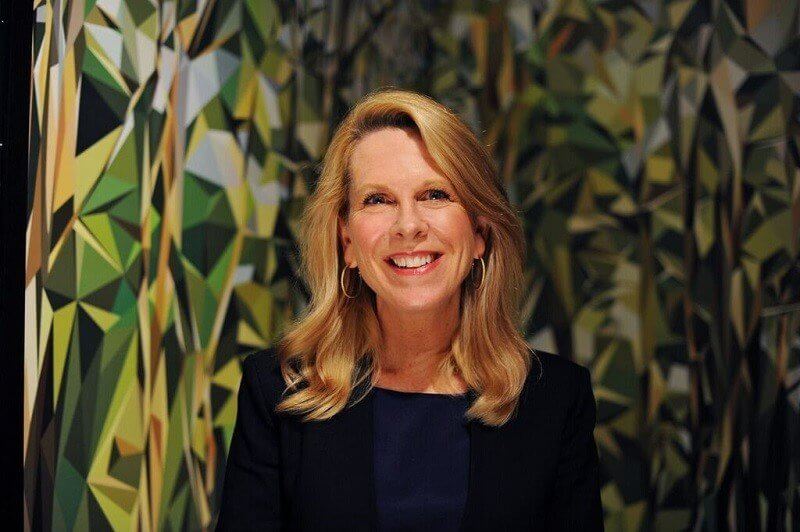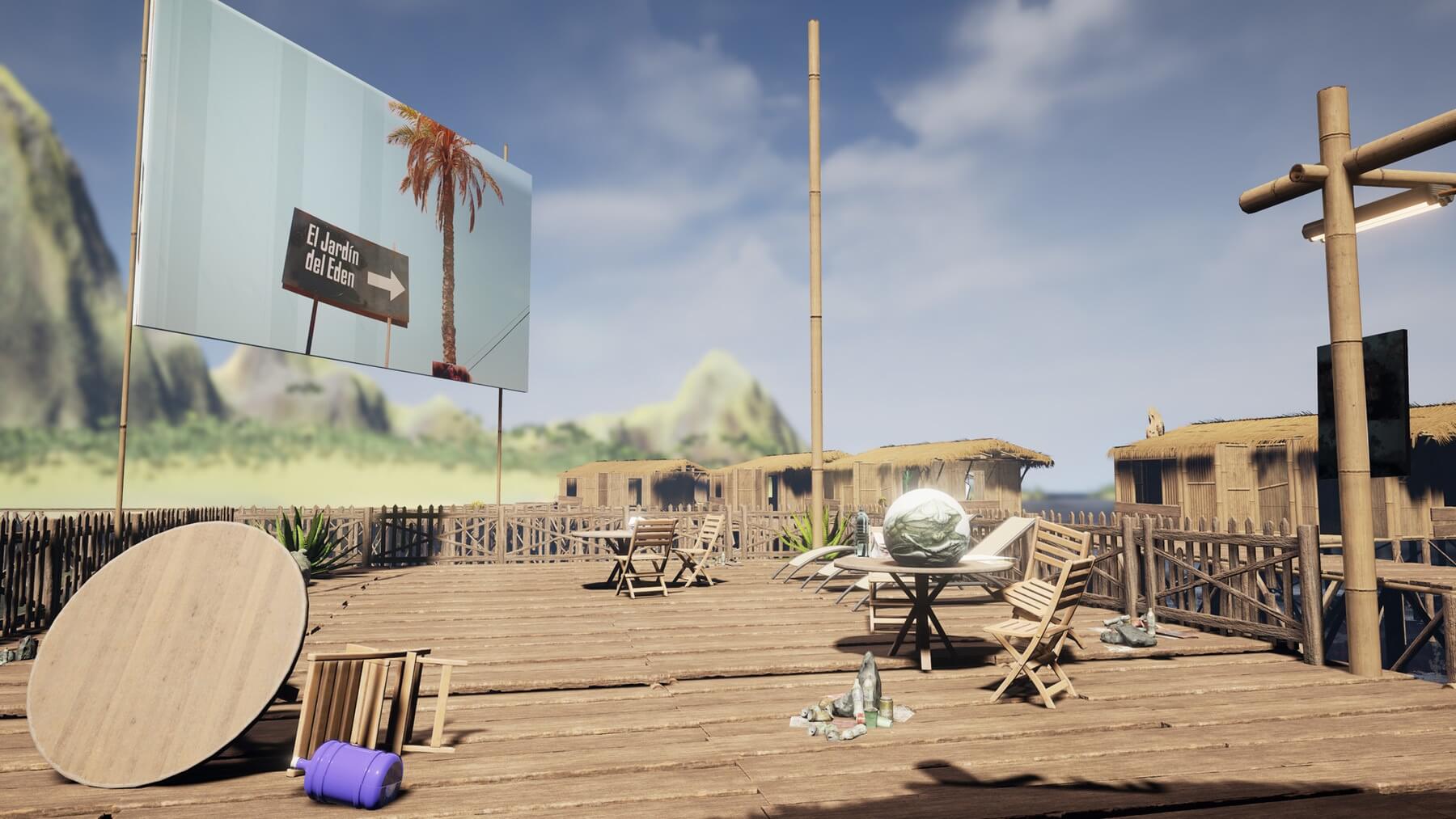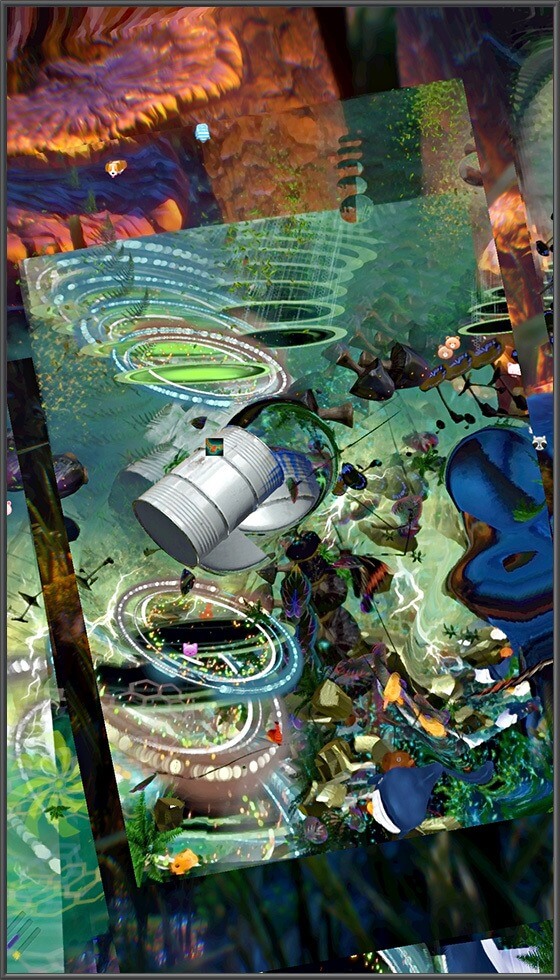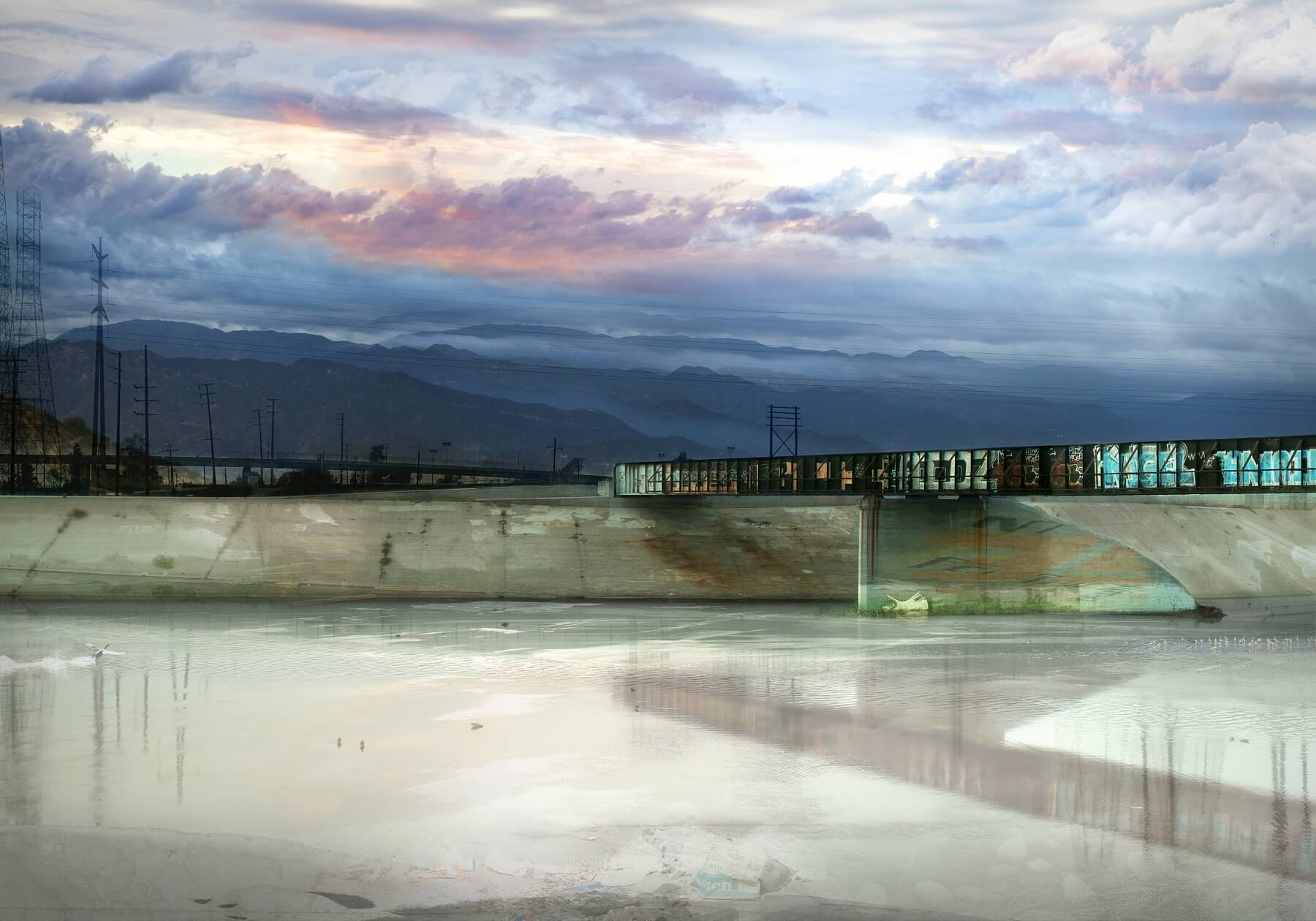Timely themes combined with incredible breakthrough technology make 21c Nashville’s latest exhibition a must-see. This boutique hotel chain mixes luxury with contemporary art for an experience like no other, and, because the museum is located inside the hotel, it’s always open to the public. The best part? It’s all free. We spoke with 21c Nashville’s Chief Curator Alice Gray Stites to get the inside scoop on The SuperNatural, the exhibition that everyone — locals and non-locals alike — should experience.

Alice Gray Stites is 21c’s Chief Curator. Image:Adele Reding
StyleBlueprint: What makes 21c so special for guests and visitors?
Alice Gray Stites: 21c is a contemporary art museum that is free and accessible 24 hours a day, 7 days a week. You are welcome to explore our exhibitions and site-specific installations at any time. Often, visitors can come back and discover a whole new exhibition with new artists and new themes. It keeps the space alive.
We offer a lot of programming in conjunction with each exhibition, so it’s very likely that when you are visiting or if you are staying with us, you can take a tour, hear an artist speak, go to a film screening or even see a performance. All of those events are also free to the public.
SB: Why did you select this exhibition to be featured at 21c at this time?
AGS: The SuperNatural is an exhibition that is really exploring how artists envision our changing relationship to the natural world. We’re living at a time where we’re increasingly aware of how human activity is changing the planet. In 2016, scientists began using the term “Anthropocene” to describe the period that we are now living in. It means that it’s a planet that has been permanently altered by human activity.
This is an exhibition that is based both in reality and science and in the world of fantasy and science fiction. You’ll see images of imaginary worlds but also the reality, and sometimes even those things mixed together. You could be looking at photographs of the melting polar ice caps, and at the same time there are fantastical images like in a virtual reality (VR) installation in which you can take a VR trip through the island of Bora Bora at some undetermined time in the combined future and past.
There are also some hybrid creatures in the exhibition. If we think about this world that is changing so rapidly with technology and scientific progress, we’re going to see that our own world is changing so much and at those times, hybrids appear in our culture as a result of what we both fear and long for in the future. You’ll see some images in which it looks like maybe the DNA of animals and plants and humans might be combining in different ways.




SB: Why do you believe The SuperNatural is important for everyone to see?
AGS: One of the questions that the exhibition poses is that we know that we are changing the world around us, but we don’t know what the results will be necessarily, and how [we can take] responsibility for what those results are. No matter what, we have to take responsibility for what happens to our environment and to all the species that may be part of it.
The exhibition is timely. We’re in a point of extreme, drastic changes in our environment. There are several works in the exhibition by an artist named Chris Doyle. His work is touching on this idea that we are living in a time where we expect natural disasters, whether it’s natural or man-made. He has a piece titled Apocalypse Management, with the idea that that has become the new normal.
We sort of manage waiting for the next flood, hurricane, oil spill or disaster.
His most prominent piece is in the video lounge, titled Waste_Generation. It’s a cyclical, looping animation that really is about the human drive to create. Against this backdrop of constant environmental shifts and disasters, humanity has the capacity to create solutions. The human capacity to create is constant. There’s a lot of beauty.
SB: Can you go into more detail on the new technology used in the exhibit?
AGS: Another reason to see the show is that there are a number of artists who have employed new technology in visioning the natural world. We have the VR installation by Jakob Kudsk Steenson in the lobby.
Downstairs, there is a series of what looks like large photographs of a wintery forest. But in fact, these are not photographs. The artist used a 3D scanner and went into this forest in France and gathered all of this information, which he then fed into a software system to render the image.
There is also a generative video downstairs by artist Tabor Robak titled Quantaspectra, where sometimes it looks as if you are looking at a tropical, fantastical forest, but then you also begin to see animations of emoji and cartoons and sometimes a floating gas can. He, too, is mixing images of the natural landscape with this world that we are as familiar with. The combination of images that you see on screen will never be the same, and the computer program is constantly teaching itself to change.
We are living in a new time where the difference between the virtual world and the natural world is changing. Those boundaries are going away. Our idea of nature now is something that is both organic and artificial. We live in the digital world of our screens as much as we do the physical world around us. If art is going to reflect how much the world is changing, it’s exciting to employ new ways of seeing it.



SB: Is there anything else visitors should know before coming to the exhibit?
AGS: We do offer free docent tours twice a week on Wednesdays and Fridays at 5 o’clock beginning Wednesday, January 30. These will be ongoing every Wednesday and Friday.
21c Museum Hotel Nashville is located at 221 2nd Ave. N, Nashville, TN 37201. Learn more at 21cmuseumhotels.com/nashville.
This article is sponsored by 21c Museum Hotel Nashville. All images provided by 21c Museum Hotel.



















